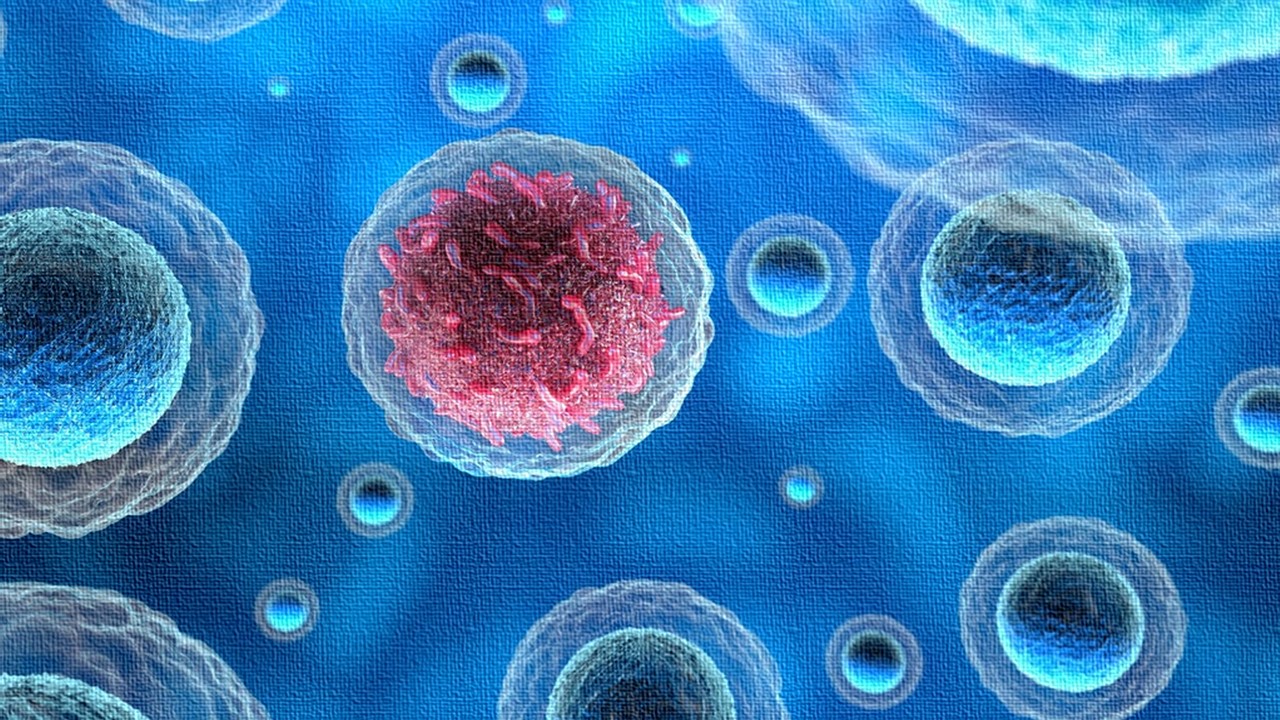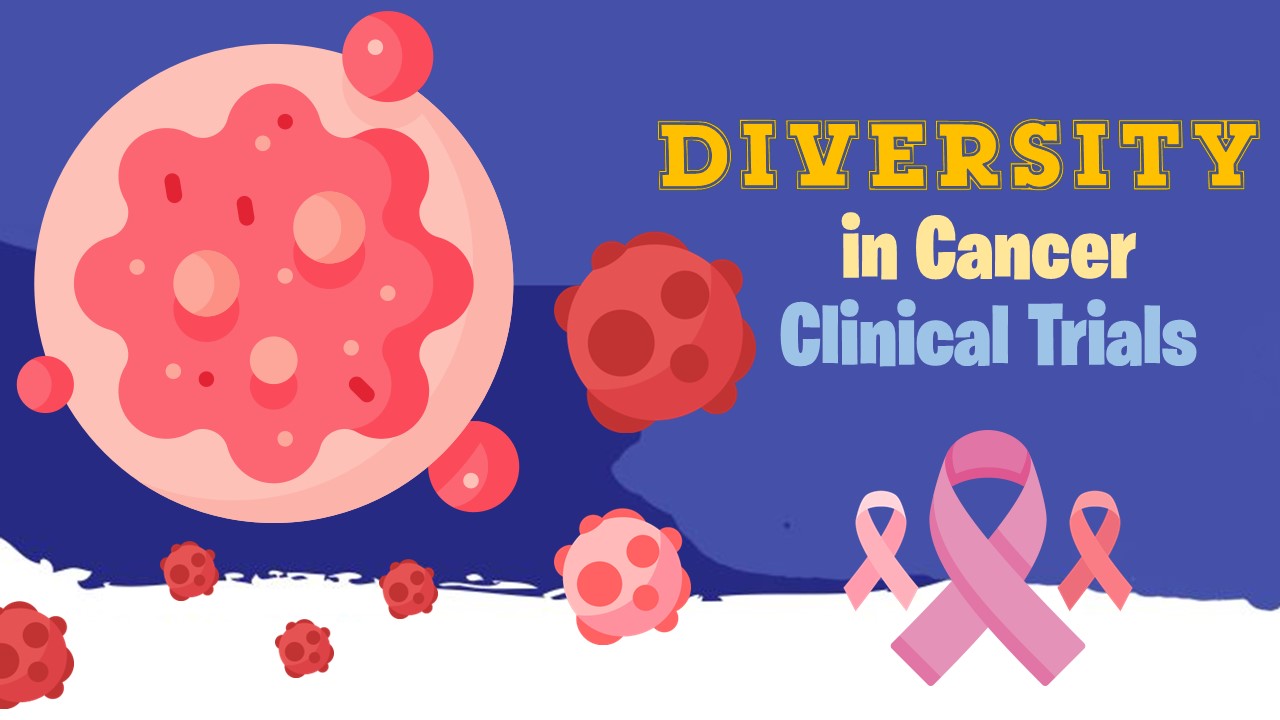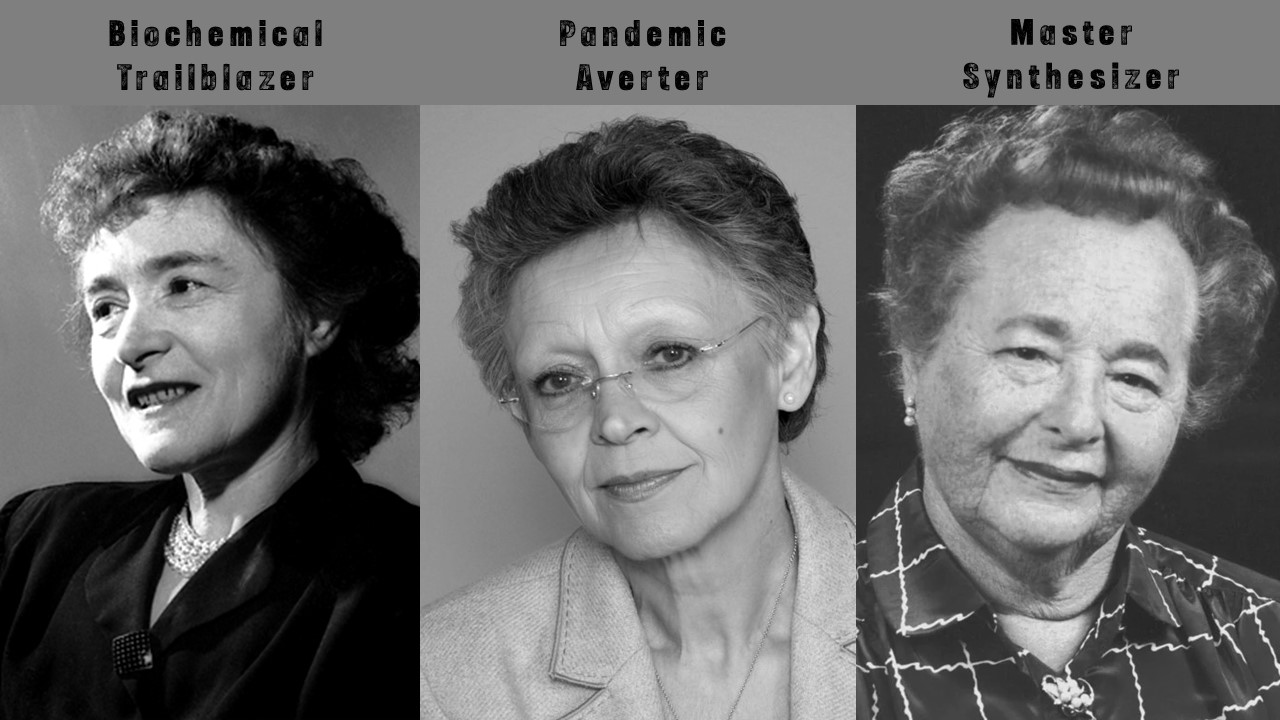Computational Biology At a Glance
Understanding and simulating the structures and processes of living things includes the application of computers and computer science in computational biology. To model and simulate biological systems and analyze experimental data, typically on a very large scale, it is necessary to employ computational approaches (such as algorithms).
Several bioinformatics topics are covered in computational biology. In this science, algorithms or models are created using biological data.
There are currently no discernible differences between computational biology and bioinformatics in terms of research techniques or study subjects. Expert databases, biological software programs, cell signal transduction and gene regulation network studies, comparative genome analysis, biological system models, computer-aided creation of genes and proteins, and other areas all play significant roles.
CD ComputaBio Commitment
As a well-known pioneer in specialist computational biology services, CD ComputaBio has demonstrated dedication to aiding research and trials, as well as obtaining the most recent tools, know-how, and resources at a reasonable cost and with quick turnaround for researchers.
For predicting binding patterns and binding affinity, molecular docking is a common technique in drug design.
In order to support your virtual screening and drug development initiatives, CD ComputaBio recently unveiled four molecular docking software packages: AutoDock, Surflex-Dock, rDock, and Discovery Studio.
Molecular Docking Mechanism
The fundamental process of molecular docking is an energetic and spatially coordinated recognition between two or more molecules. The docking software positions the ligand or small molecule at the receptor target’s active site and continuously optimizes the position, conformation, dihedral angle of the rotatable bond, as well as the side chains and backbones of the amino acid residues to search for the optimal conformation that binds the ligand or small molecule to the receptor target, thus predicting its binding mode and affinity.
AutoDock
AutoDock is a molecular modeling and simulation program. Docking of proteins and ligands benefits significantly from it. It is one of the most frequently used docking software programs in the scientific community.
Two programs make up the AutoDock software: AutoGrid and AutoDock. Among them, AutoGrid is primarily in charge of calculating the relevant energy in the grid, while AutoDock is in charge of searching for and analyzing conformations.
Applications for AutoDock include, but are not limited to, X-ray crystallography, structure-based drug design, lead compound optimization, virtual screening, combinatorial library creation, protein-protein docking, and chemical mechanism investigations.
Surflex-Dock
Surflex-Dock is a molecular docking module in the SYBYL software that docks ligand molecules to protein binding sites by using a special empirical scoring system and a search engine based on molecular similarity.
Surflex-Dock creates a negative representation of the protein’s active pocket by using the ProtoMol to represent the binding pocket of the protein and using probes to examine the surface hydrophobicity, hydrogen bonding, and electrostatic characteristics of the protein pocket.
The four molecular docking modes introduced by Surflex-Dock—Surflex-Dock Normal, Surflex-Dock Screen, Surflex-Dock Geom, and Surflex-Dock GenomX—can accomplish flexible protein docking, constrained docking, DNA-targeted docking, and other unique docking modes.
In order to forecast or clarify the activity of molecules, we analyze the binding mode and interaction between small molecule ligands and macromolecular proteins using the Surflex-Dock software.
rDock
The open-source molecular docking program rDock is primarily intended for high-throughput virtual screening (HTVS) and binding mode prediction.
This tool, which developed from RiboDock, may be used for proteins and nucleic acids. It is very computationally efficient and enables users to add extra constraints and information as biases to direct docking.
In terms of computing speed for virtual screening, rDock is faster than AutoDock Vina and on par with Glide when compared to two reference programs, AutoDock Vina and Schrodinger’s Glide. rDock and Vina do better at predicting binding mode than Glide.
Its architecture and implementation make it possible to deploy on an infinite number of CPUs and install it on a computer cluster, allowing HTVS activities to be completed in a matter of days.
Discovery Studio
A software called Discovery Studio (DS) is used to model small and polymeric systems.
A sophisticated academic collaboration program that supports scientific research is a component of this product suite. It makes use of numerous software algorithms created by scientists, such as CHARMM, MODELLER, DELPHI, ZDOCK, DMol3, and others.
At the moment, the main capabilities of DS are protein characterization (including protein-protein interactions), homology modeling, molecular mechanics calculations, and molecular dynamics simulations, as well as structure-based drug design tools (including ligand-protein interactions, new drug design), molecular docking, small molecule-based drug design tools (including quantitative structure-activity relationship, pharmacophore, database screening, ADMET), design and analysis of combi drugs, and more.
New drug development, bioinformatics, structural biology, enzymology, immunology, virology, genetics, and tumor research are some of the disciplines of life sciences study to which DS can be applied.
About CD ComputaBio
CD ComputaBio is a reputable provider of computational biology services. The business offers a range of computational biology services, giving clients access to the most recent tools, know-how, and resources at a reasonable cost and quick turn-around.
CD ComputaBio is dedicated to provide top-notch data and customer support to a range of business and academic clients. With the most recent service additions of Molecular Dynamics Simulation and Protein Structure Modeling, CD ComputaBio now offers services in Virtual Screening and Protein Sequence Analysis.
Subscribe
to get our
LATEST NEWS
Related Posts

Drug Discovery Biology
Unveiling the Elusive: The Prevalence Problem in Drug Discovery
When it comes to developing new drugs, researchers encounter a formidable challenge: the prevalence problem.

Drug Discovery Biology
Navigating Drug Development: Innovations in Preclinical Testing
As we navigate the complexities of drug development, a harmonious blend of traditional wisdom and innovative technologies will be paramount.
Read More Articles
Bridging the Gap: Enhancing Diversity in Cancer Clinical Trials
As cancer care marches forward, fostering diversity in clinical trials stands as a non-negotiable imperative.
The Immigrant, The Career-Undecided, and The Supermarket Supervisor-turned-Scientist
Learn more about the 1947, 1988, and 2008 Physiology or Medicine Female Nobel Laureates.











